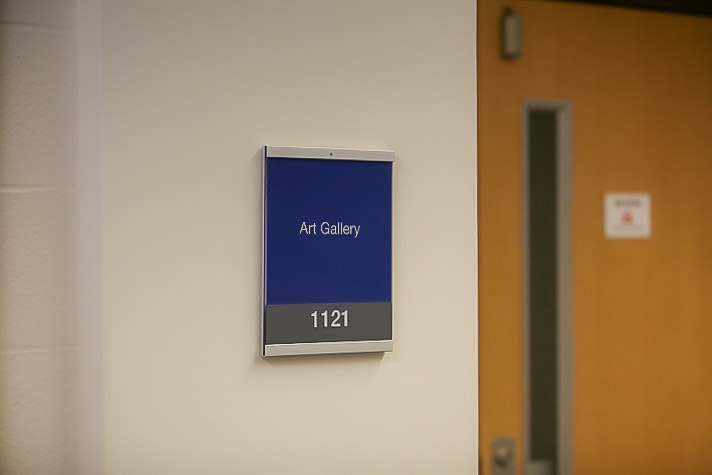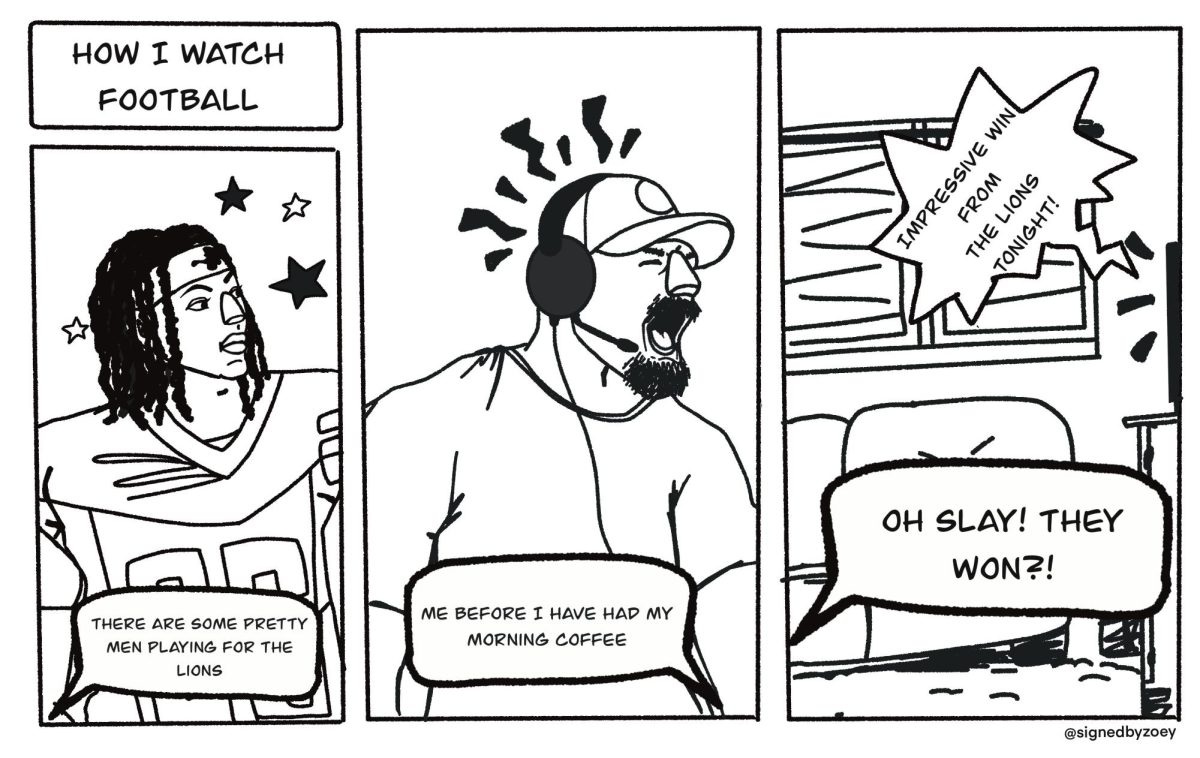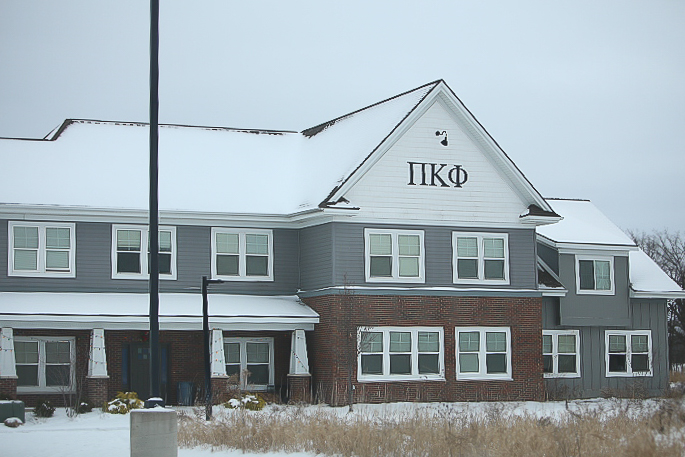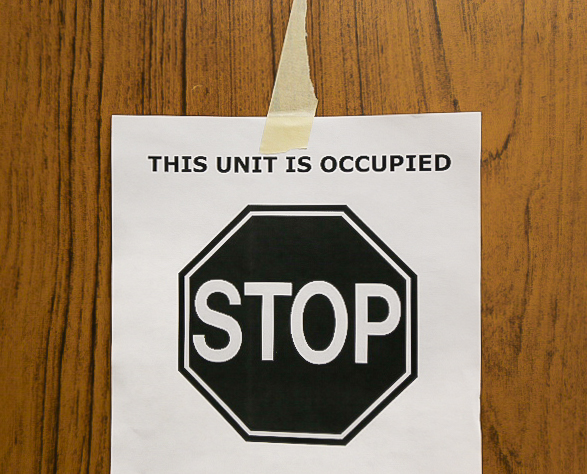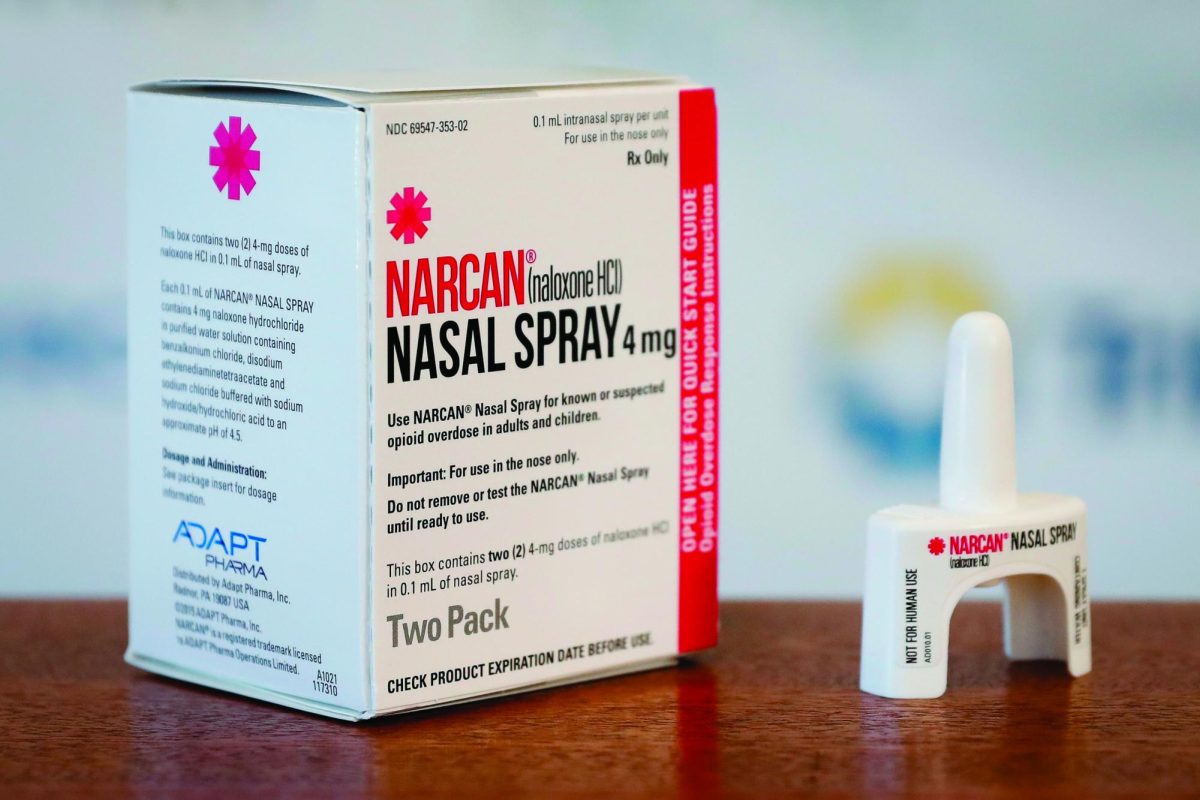Techniques used in reparative therapy akin to brainwashing
Apr 19, 2010
OK, look. There’s this thing you do, when you want to write an article (or, really, anything in a newspaper), called research. A cursory Google-search would have explained a whole lot of stuff Nathan Ruark obviously didn’t get about reparative therapy (in his April 15 letter to the editor). Granted, given the voice he used in his article, I doubt it would have made a bit of difference, since he relied heavily on the National Association for Research & Therapy of Homosexuality Web site for information.
First off, NARTH is neither a professional institute, nor is it an unbiased organization when it comes to psychology.
Of course, the big tip-off that NARTH has no basis in fact comes from their Web site itself. An article by a Dr. Sutton states that there is a ‘disproportionate’ amount of HIV and syphilis within the LGBT community. The truth is, according to Avert.org, that only 47 percent of the reported HIV/AIDS cases are from male-to-male contact. The other 53 percent comes, instead, from a mixture of injection-drug usage (needle swapping) and heterosexual encounters.
As it stands, the APA is not holding a double-standard. They’re being SCIENTISTS. Because, you know, it’s an organization of scientists, studying an actual science.
There is a lack of research on reparative therapy, you’re right.
But that’s because it’s brain-washing. You could convince a man that he’s a chicken with the right stimuli. You could convince a straight man that he’s gay, and you can convince a gay man he’s straight. All it takes is pushing the right buttons, which reparative therapy does.
Robert Jay Lifton, a psychiatrist, studied former prisoners of the Korean War — the ones held in war-camps by both N. Korea and China. The trends he found within the brainwashing techniques used by the GIs’ captors, taken from his book “Thought Reform and the Psychology of Totalism: A Study of ‘Brainwashing’ in China,” were as follows:
1. Assault on identity: You are not who you think you are.
2. Guilt: You are bad.
3. Self-betrayal: Agree with me that you are bad.
4. Breaking point: Who am I, where am I and what am I supposed to do?
5. Leniency: I can help you.
6. Compulsion to confess: You can help yourself.
7. Channeling of guilt: This is why you’re in pain.
8. Releasing of guilt: It’s not me; it’s my beliefs.
9. Progress and harmony: If you want, you can choose good.
10. Final confession and rebirth: I choose good.
All of these things, from what I’ve read in books, on the Internet, and in journals, are what Conversion Therapy does. Let’s make no second-claims here: reparative therapy isn’t reparative. For something to be reparative, the object has to be broken. This is simply an act to brainwash gay people into “straight” people. Those “gay-affirming therapeutic techniques” you talk about aren’t affirming OMG–GAY, they’re affirming self-identity.
Christopher A. Shank
GVSU student














